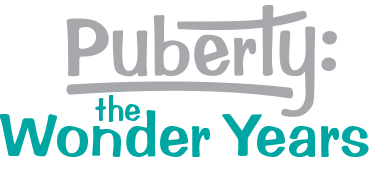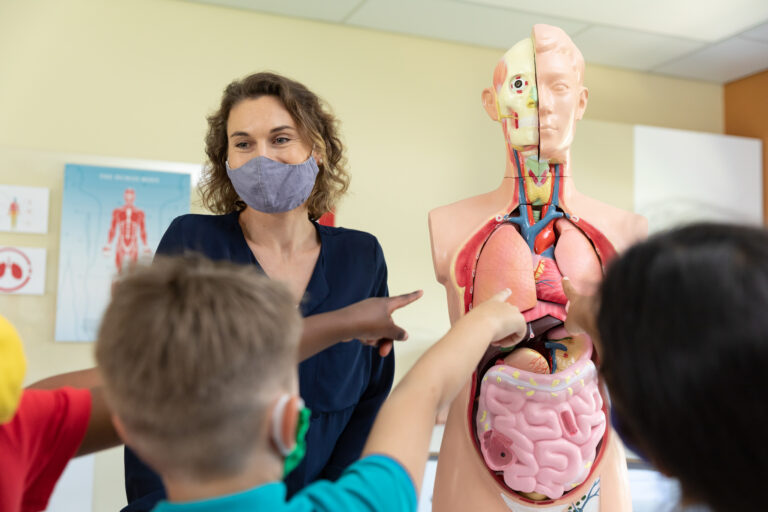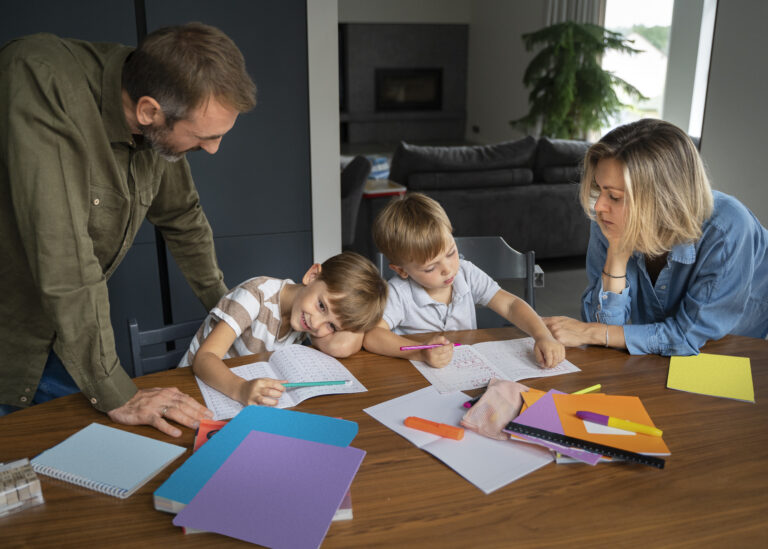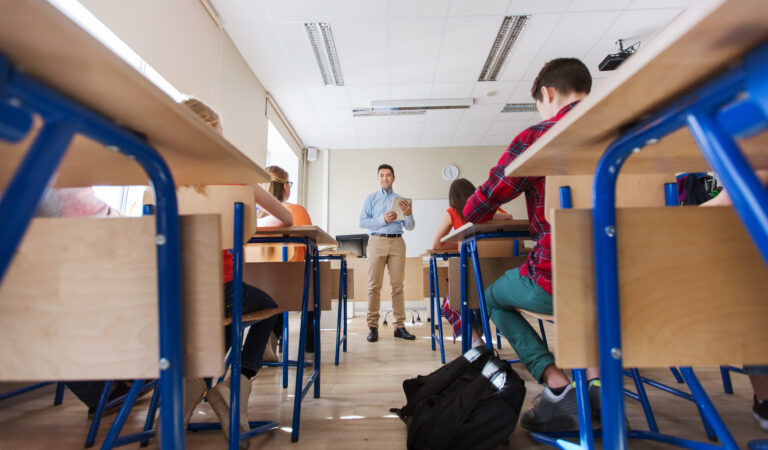This is the first in a series of six posts about engaging your students in puberty class.
Typically, students are very interested in puberty classes because the topics are so relevant to them. Because of this, you might find that you need to use fewer of your classroom management skills than you use during other instruction times. On the other hand, you might have a group that acts out and needs additional engagement strategies to help them stay focused. Either way, it’s always best practice to focus on engaging students in puberty class to increase their learning. These tips and strategies will be useful for puberty class and all the other subjects you teach.
6 Strategies for Engaging Students
Whole classes and expansive volumes of books have been dedicated to increasing student engagement. It’s certainly beyond the scope of a blog post to address this topic thoroughly, So, here are a few selected strategies that can be applied during your puberty lessons. Many of these strategies are included in Puberty; The Wonder Years.
- Keep Attention
- Deepen Discussion
- Call on Students
- Work in Small Groups
- Gamify Learning
- Manage Behavior
Now, let’s take a closer look at each of these six strategies for engaging student in puberty class.
Strategy #1 – Keep Attention
Let’s face it; it’s easy to let our attention wander at times. Your students are no different. Whether daydreaming, or uninterested, student attention will fade from time to time during the school day. Try these strategies to keep them focused.
Speak only when you have quiet and attention:
Establish a regular signal for getting students’ attention and calling for quiet. Students will learn this signal with regular use. Don’t speak until you have the quiet and attention you’ve requested, or students will quickly learn they don’t need to respond to your request. Shouting over student voices is exhausting and ineffective.
Plan a seating configuration:
Plan student seating for maximum student success. For example, students who have hearing or vision challenges can be seated near the front. Students who act out to have all eyes on them might do better sitting toward the back of the room. Group students who work well together. Avoid seating students together if there is a pattern of bullying behavior. Plan seating so it is easy for you to move around the room and stand near any student who needs to be redirected.
Walk around near students:
Proximity to students is a great way to refocus attention to the task at hand. Avoid teaching from the front of the room; instead create variety by teaching from a variety of locations. Monitor student work by moving among the students to check in with them as they learn.
Use student names, even when not calling on them:
People love to hear their name; it draws their attention. During instruction, insert student names conversationally to call their attention back to the topic.
Ask how this will be useful in their world:
Help students process information and apply new learning to their lives by asking them to think about, write about, and discuss how the new learning will be useful to them. Ask them for examples of ways to apply the learning.
Prepare “quickwrites”:
Ask students to write down two or three things they just learned. This gives them a task during transitions or down time. It also helps them apply the new learning to their lives.
Provide choices:
Whenever possible, offer the students a choice between two acceptable options. For example, would you like to take a stretch break now or after our small group activity? Would you like to work individually or in pairs? This is also a trauma-informed strategy that gives students a sense of control over their lives.
Use a diverse blend of mediums and teaching-learning strategies:
We tend to teach in the way we prefer to learn. It is most comfortable for us. However, in every class you will have students with multiple learning styles who will learn best using a variety of modalities. Instead of a mini-lecture, have students read and discuss new information. Instead of writing a report, have students prepare a role play, draw a poster, or sing a rap song.
Provide frequent guided movement times:
Students learn best when their bodies are involved in the learning. This is particularly true when students do movements across their midline. Movement time is especially supportive of kinesthetic learners. These are sometimes called “brain breaks,” but they are most effective when treated as part of the instruction time.
This is part 1 of a six-part series on Engaging Students in Puberty Class. Read part 2 HERE.
Resources:
- Explicit Instruction, Anita Archer
- How to Keep Kids Engaged in Class, Edutopia
- 13 Student Engagement Strategies That Work, Education to the Core
- 20 Brain Breaks, Minds in Bloom



